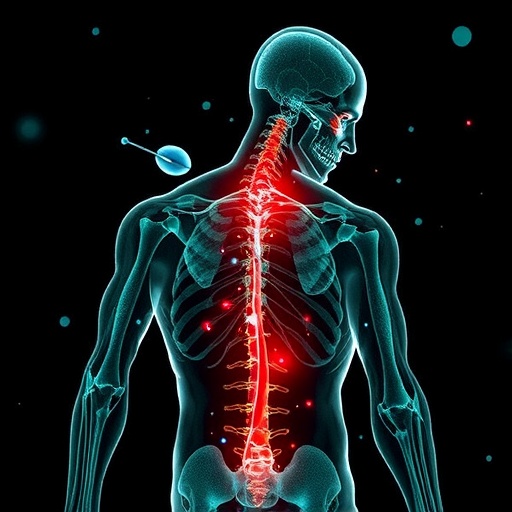Classical physics offers a relatively easy approach to describing how objects move in our everyday world. But in the realm of quantum physics, this task is much more challenging. Determining how a quantum particle behaves requires the use of the wave equation devised by Erwin Schrödinger, which is more difficult to solve than classic mechanical equations.
Limits of supercomputers
The situation becomes particularly tricky when studying the behaviour of multiple, interacting objects rather than just a single object. The quantum mechanical equations used to describe these many-particle systems are much more complex than those of single-particle systems, as the complexity increases exponentially with each additional particle. Today's best supercomputers can solve the wave equation for systems with a maximum of 50 particles. And not many more will be possible in the future, since even a supercomputer the size of our planet would not be able to solve Schrödinger's equation accurately for systems much larger than 100 particles.
However, this scale would be desirable for many applications; for example, in material science to calculate the properties of complex molecules, or to build quantum computers. In all these cases, processes that can be described only through quantum mechanics play a central role, which is why physicists try to describe such systems by means of accurate approximations.
Self-learning program
Giuseppe Carleo and Matthias Troyer from the Institute for Theoretical Physics have now found a way to overcome the mathematical complexity of many-particle systems. In the latest issue of Science, the two researchers report on how they used an artificial neural network, or adaptive computer system, for this purpose. The physicists trained it to recognise over time which parameters are most important in the chaotic system of equations and which could be ignored, so that even larger systems can be calculated with simplified equations.
The two scientists used a method known as "reinforcement learning": the same method used by AlphaGo, the computer program that beat one of the world's best Go players last year. What makes AlphGo so impressive is that it does not know in advance which action is best in a certain situation; instead, the program itself finds out which steps will be most successful.
The program developed by Carleo and Troyer uses simplified parameters to simulate a certain quantum mechanical system and then checks how well the wave equation was satisfied. The program calculates what is known as the ground state of the system – in other words, the lowest possible energy state. Accordingly, the lower the resulting energy at the end of the simulation, the more important the selected parameters.
A powerful tool
The new approach enables the description of quantum systems with more than 100 particles, with a reasonable computational effort. In the next phase, the researchers hope to examine the limits of this approach more closely. "And if nothing else, it also raises a philosophical question," says Carleo. "How complex is the wave function of a physical system? Is it perhaps easier to handle than we previously thought?"
The researcher explains what he sees as the dawn of an exciting time for physics: "Big data technologies that were originally developed for very different applications are now being applied to problems in physics. This is beneficial for both physics and computer science, as it may allow us to better understand why neural networks of this type are such powerful tools."
###
Reference
Carleo G, Troyer M. Solving the quantum many-body problem with artificial neural networks. Science, 10. Februar 2017. DOI: 10.1126/science.aag2302
Media Contact
Dr. Giuseppe Carleo
[email protected]
41-446-338-158
@ETH_en
http://www.ethz.ch/index_EN
############
Story Source: Materials provided by Scienmag




